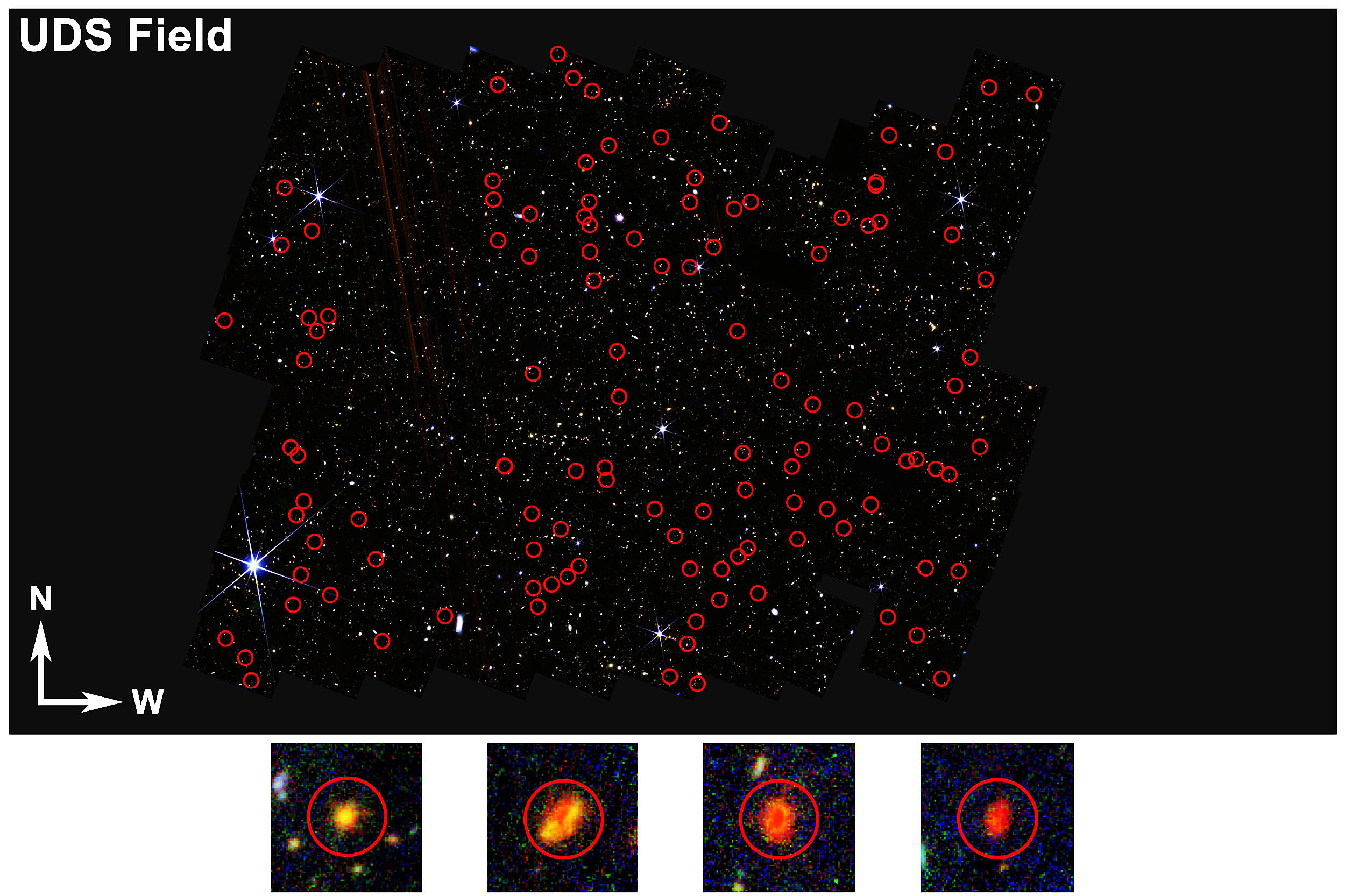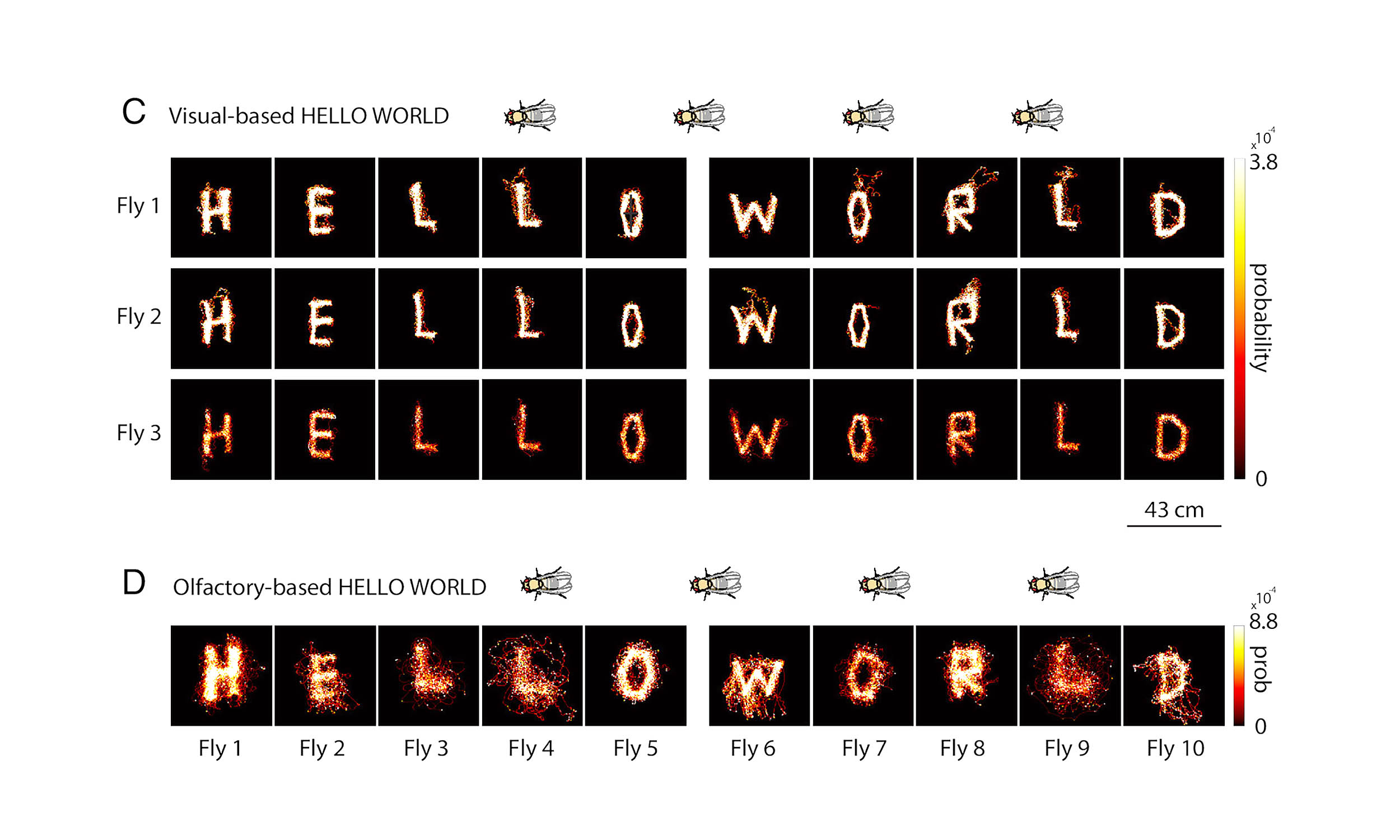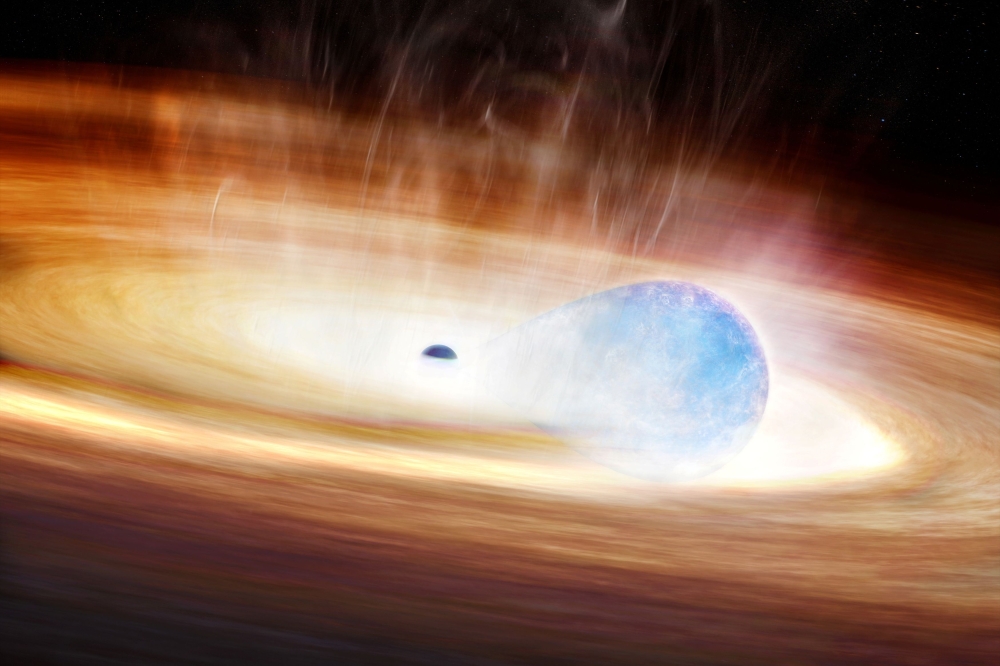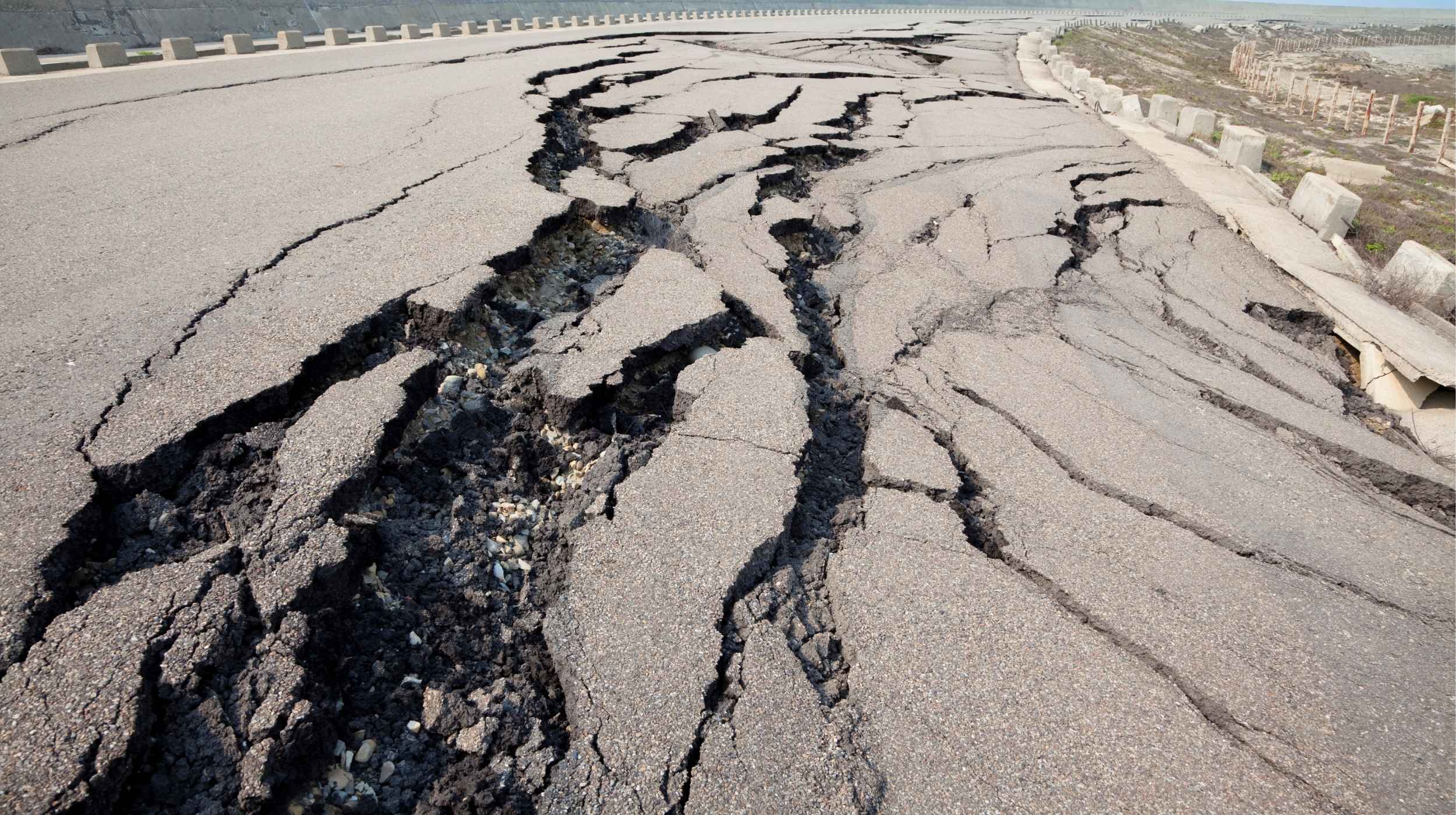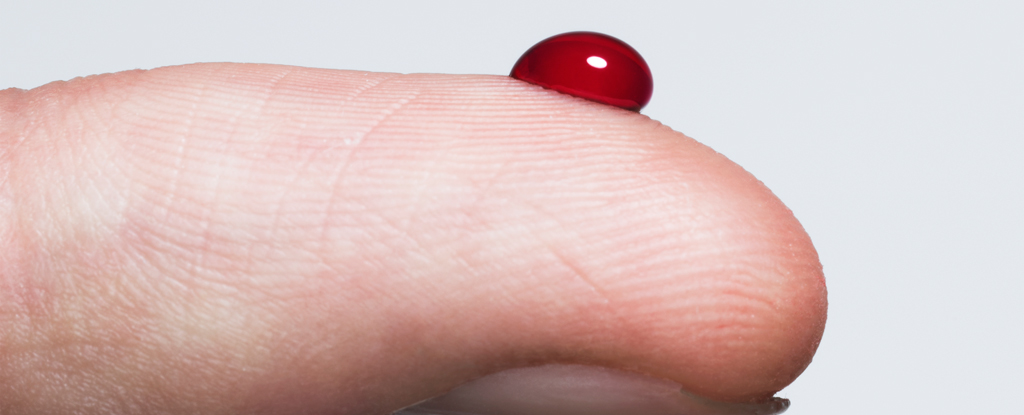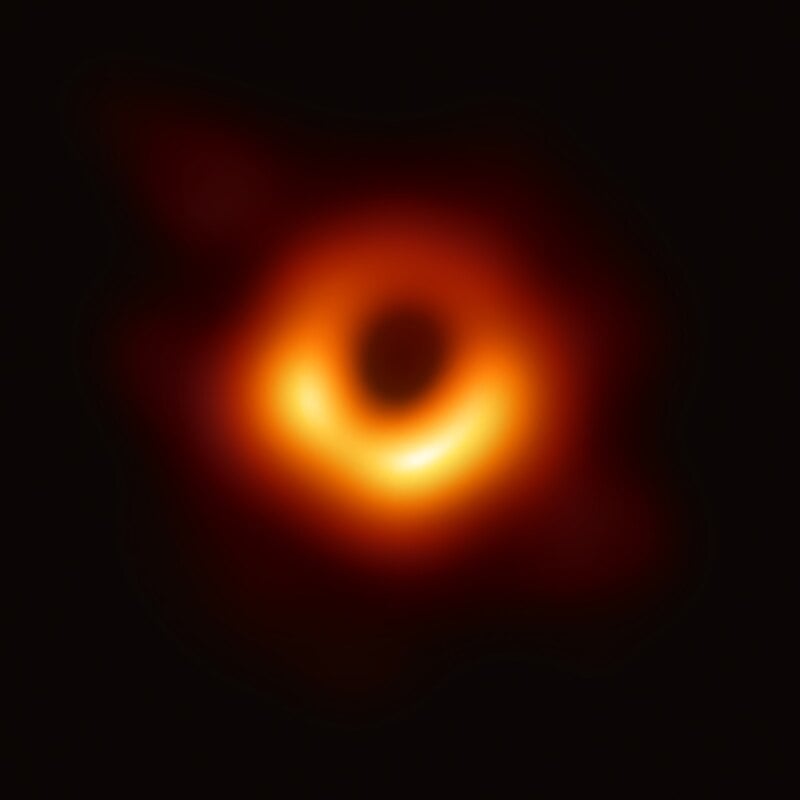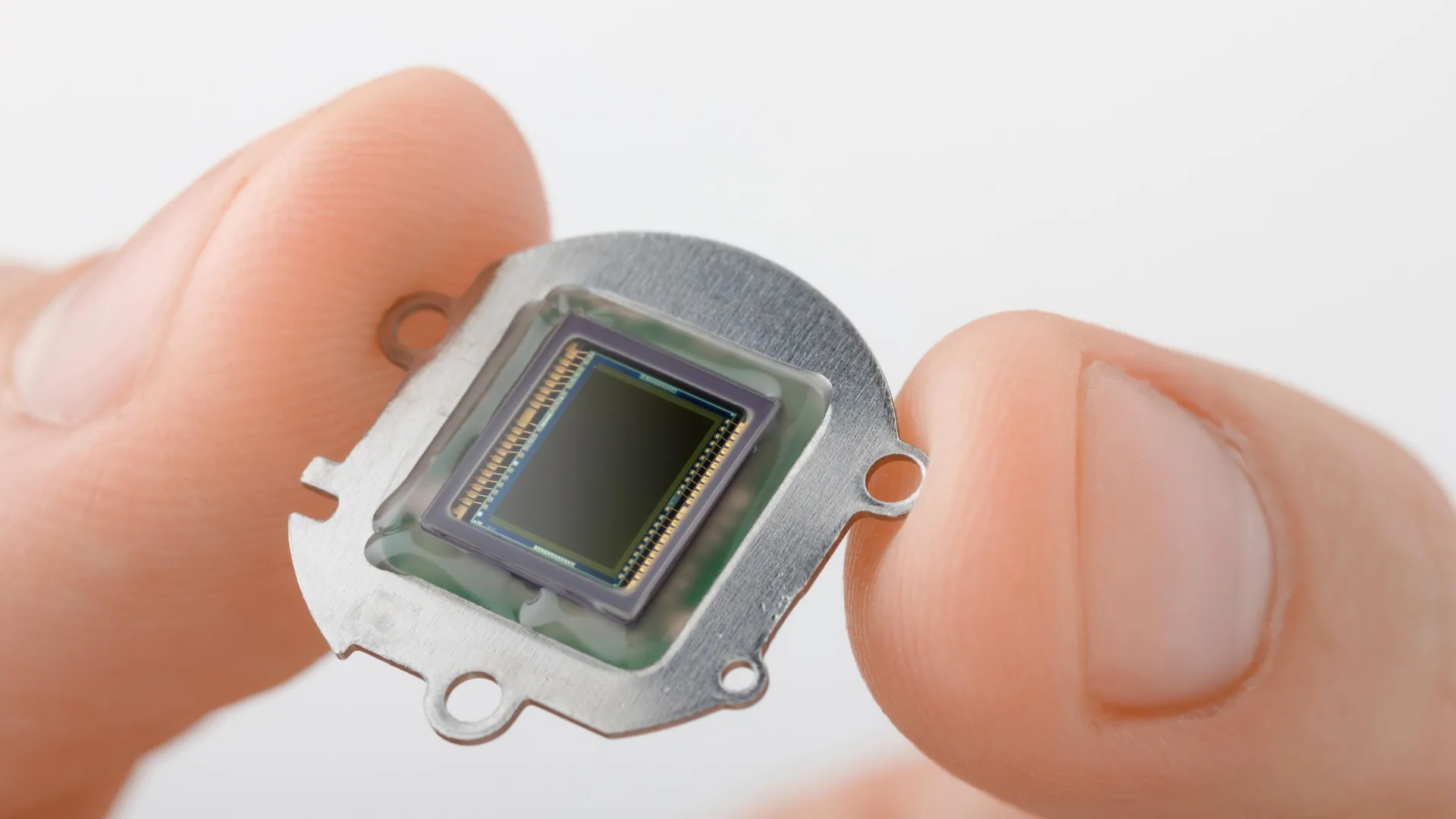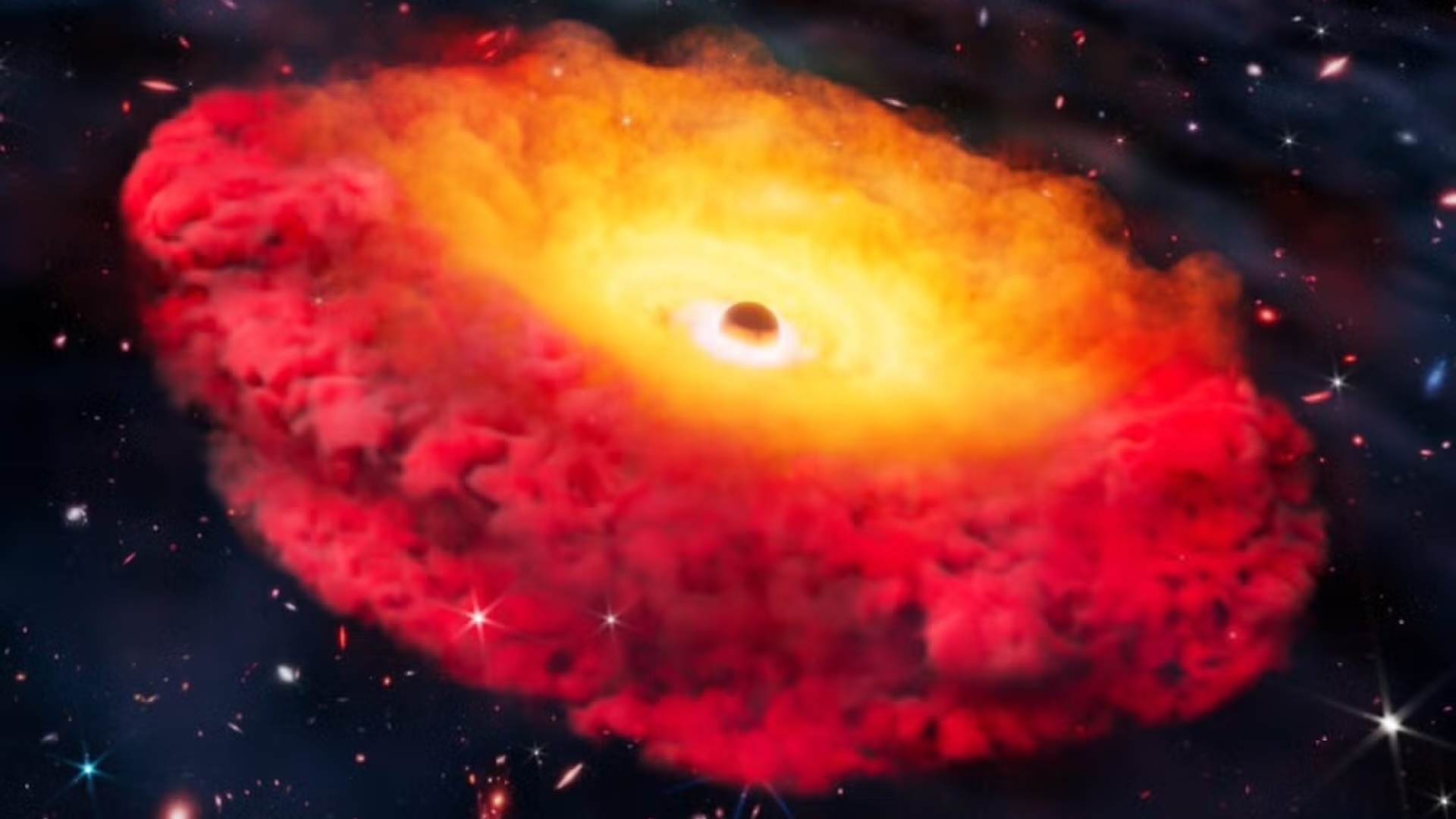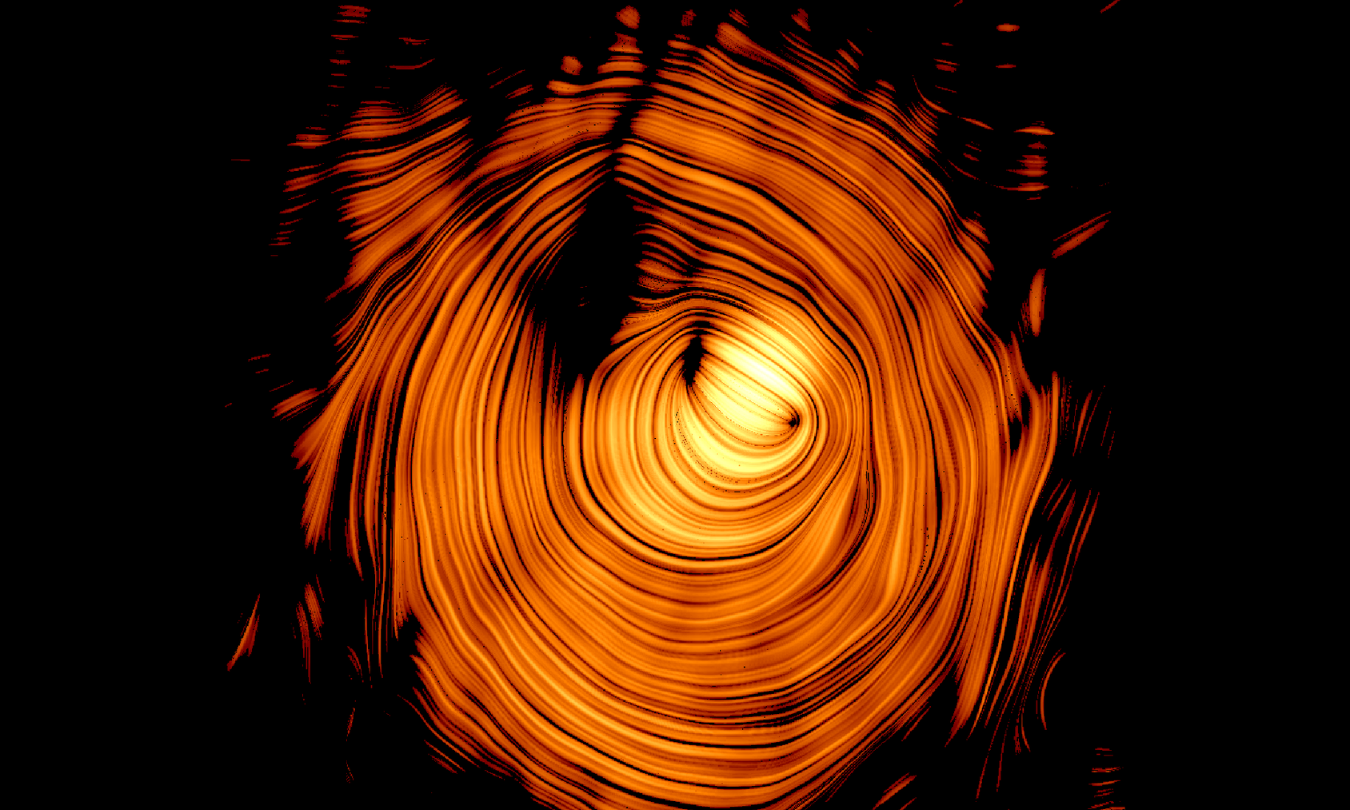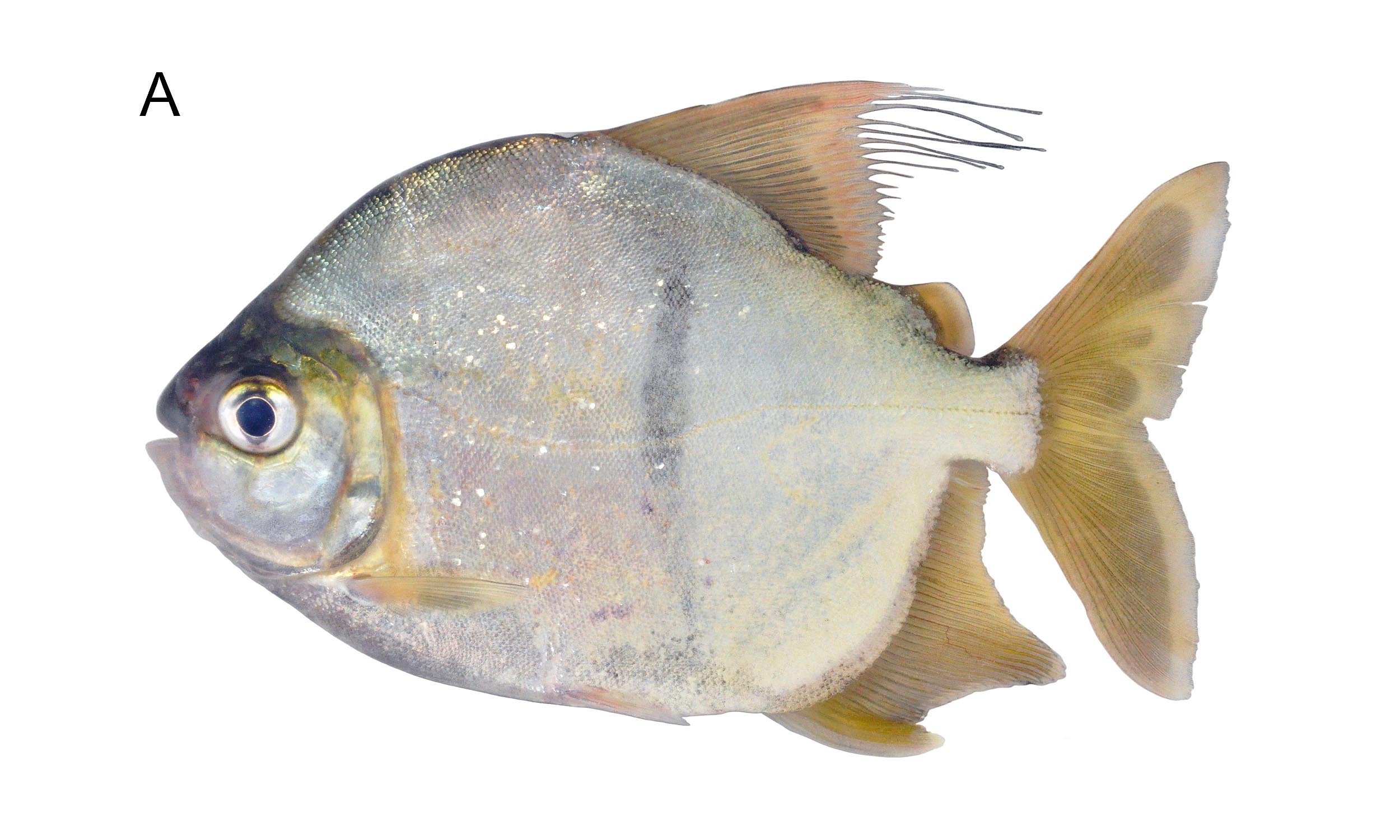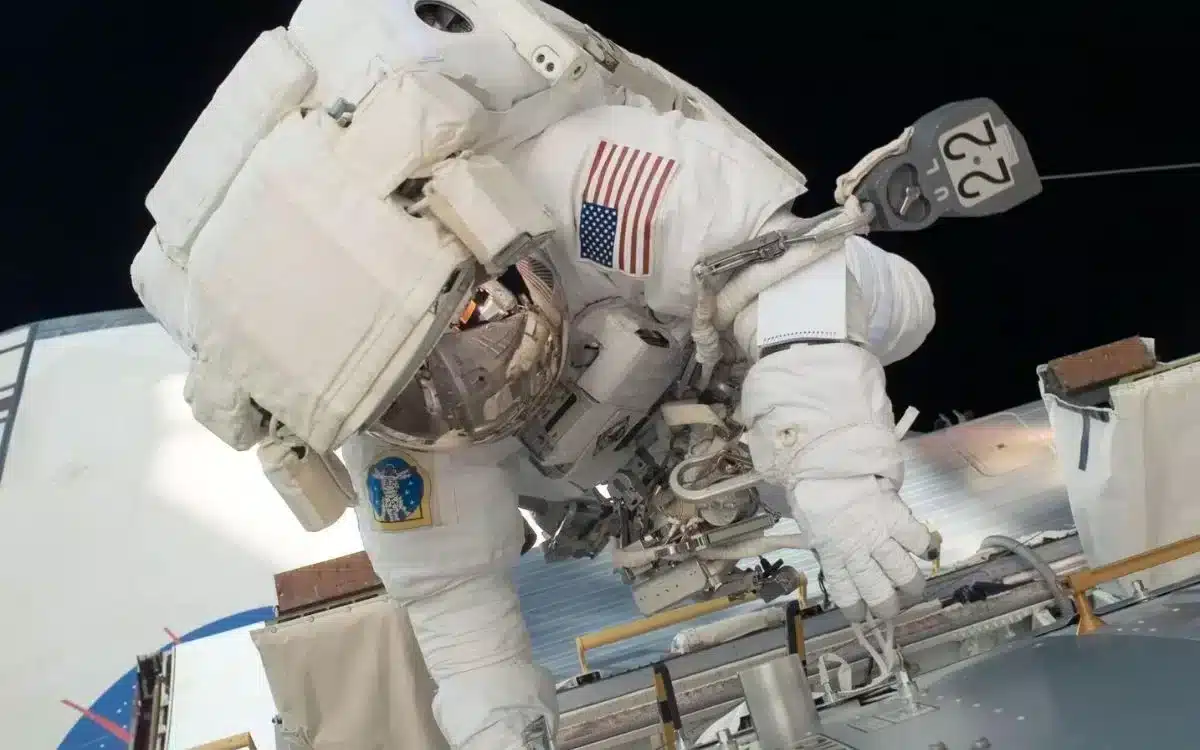Mind-Blowing Footage Reveals How Human Embryos Burrow into the Uterus!

What if I told you that the journey of life starts with an incredible act of force? Scientists in Barcelona have just released astonishing footage showing human embryos implanting into the uterine lining—a process so invasive it could rival your favorite action film!
In a groundbreaking study published in the journal Science Advances, researchers from the Institute for Bioengineering of Catalonia (IBEC) successfully captured this critical stage of human development in real time and in 3D for the very first time. Samuel Ojosnegros, the principal investigator of the Bioengineering for Reproductive Health group, explains: “We have observed that human embryos burrow into the uterus, exerting considerable force during the process.” These forces are essential as embryos must invade the uterine tissue, ultimately integrating with it.
This research sheds light on the often-misunderstood implantation process, which is not just a biological event but a biomechanical one. While most studies have focused on the biochemical reactions involved, the IBEC team took a different route. They constructed an artificial uterine lining using a gel made from collagen—an essential protein found in the fibrous structure of the uterus—and other proteins vital for embryonic development.
Using embryos left over from infertility treatments and advanced high-resolution microscopy, they observed how the embryos interacted with this lab-made tissue matrix over time. The remarkable footage showcases the embryo not merely resting but actively pulling and reorganizing the uterine matrix, akin to a cosmic explosion of cells!
Amélie Godeau, a researcher within Ojosnegros's group, noted, “We observe that the embryo pulls on the uterine matrix, moving and reorganizing it. It also reacts to external force cues.” This observation hints at the notion that contractions during natural implantation could significantly impact how embryos embed themselves into the uterine lining.
The embryos used in the study were graciously donated by Barcelona’s Dexeus University Hospital, where all donor couples provided informed consent and were briefed on the research. In collaboration with Ayelet Lesman’s biomedical engineering lab at Tel Aviv University, the team quantified the forces exerted by the embryos on this artificial womb.
This research could hold promising implications for infertility treatments, as failed implantation remains a leading cause of unsuccessful pregnancies. Dr. Norbert Gleicher, an infertility specialist from New York’s Center for Human Reproduction, pointed out that diagnosing implantation failure is still a mystery. “Nobody really knows how frequent implantation failure occurs because we have no way of diagnosing it,” he explained.
Comparative studies between mouse and human implantation reveal stark contrasts. While mouse embryos typically envelop the uterine surface, human embryos take a more aggressive approach, penetrating deep into the uterus and forming specialized tissues that connect with the mother's blood vessels. Reproductive scientists not affiliated with the IBEC study have expressed their excitement—Gleicher called this new imagery an “important first observation.”
However, he cautions that implantation is not merely a mechanical process; it is also an immunological one that decides whether the mother will accept or reject the embryo. Regardless, this extraordinary footage gives us a deeper understanding of a primordial burst of life—a process that’s fundamentally tied to our very existence.


